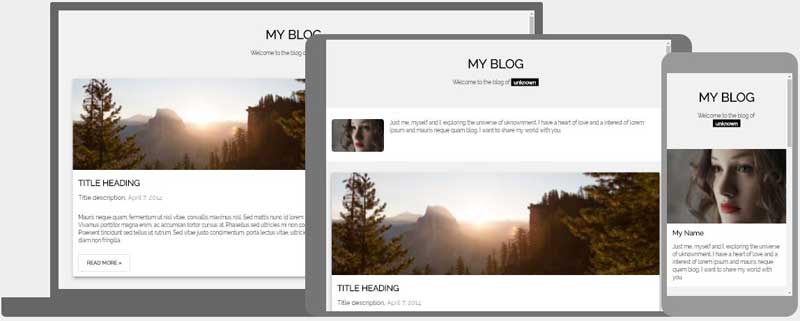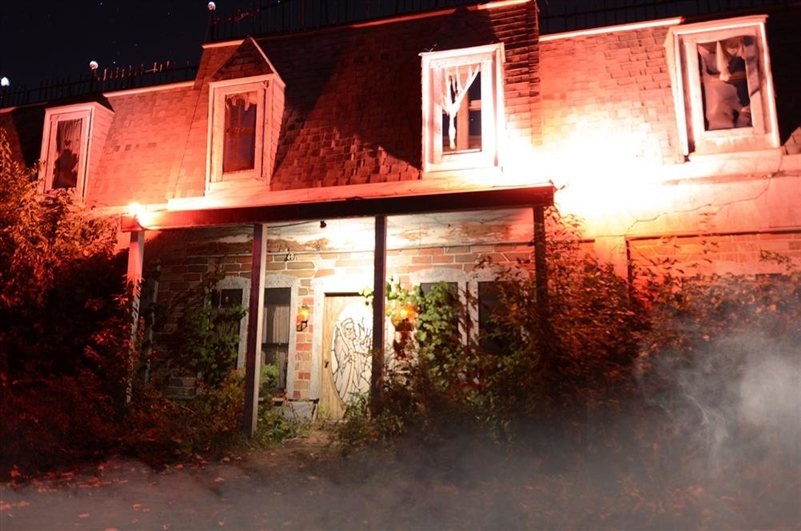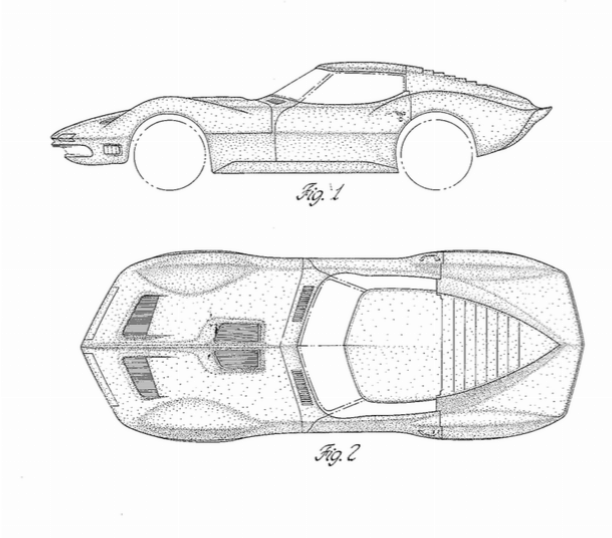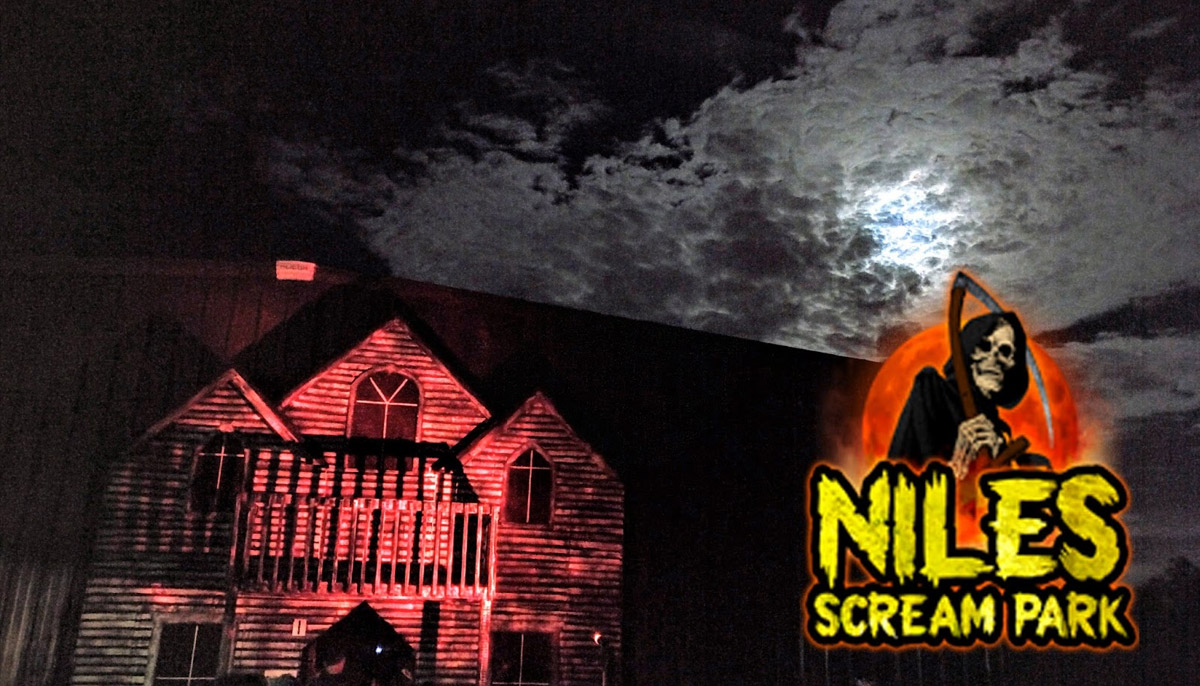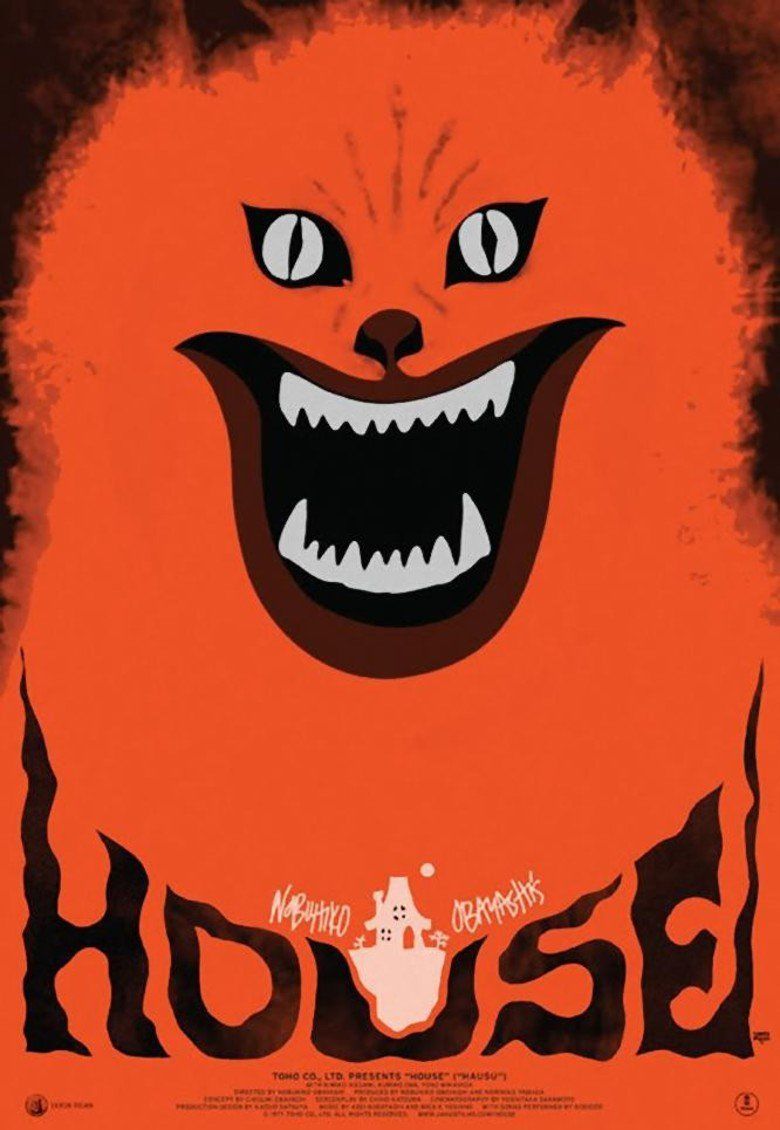Table Of Content
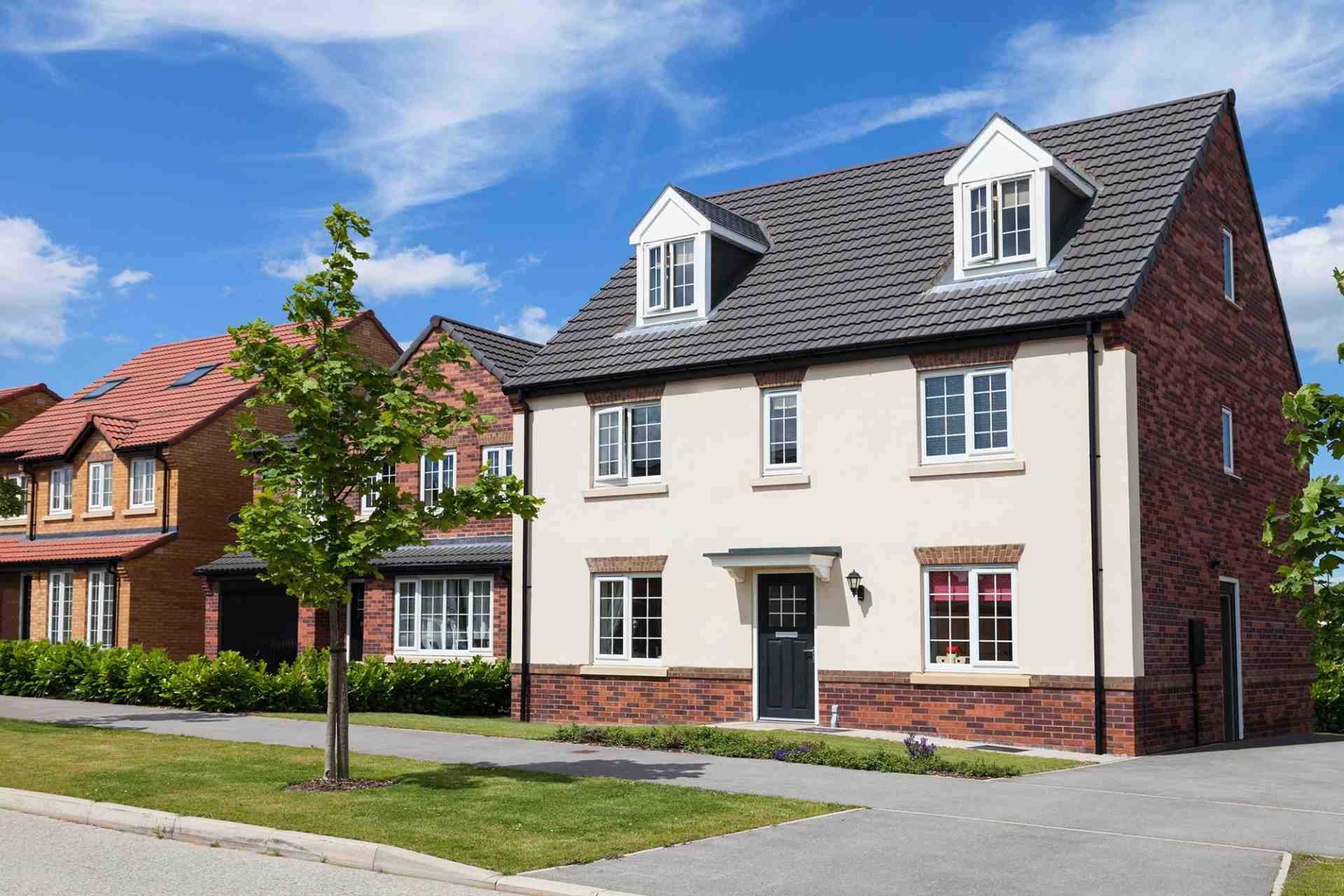
This type of roof has become very popular in the last few years because people are looking for something different than the traditional roof. The main difference between a Mansard Roof and a Gable Roof is that a mansard roof has four sides and is steeper than the gable roof, which only has two. Mansard roofs also provide more space inside your house because they have slanted walls that you can use for storage or as shelves, while a gable roof doesn’t do this.
Do I need Building Permit for Mansard Roof?
Positive feedback coupled with photographs of previous projects can speak volumes about their capacity to handle your mansard roof. It usually has two slopes on all four sides with the lower slope having a shallower pitch than the upper one. Whether you’re a homeowner, a DIY enthusiast, or a professional contractor, our website is designed to provide you with valuable information and inspiration to help you make the most of your roof. On one steep side, there were windows slit into the roof, letting in beautiful light. After you check out a few illustrations of the Mansard roof, the first thing that will be apparent is the complexity of the design. In fact, you will be able to install multiple Gable roofs or Hip roofs for the cost of a single Mansard roof.
Second Empire Residential Architecture
The Mansard is easy to recognize, but there are several variations that can make its aesthetic even more unique. Of course, depending on where you live and what is available, you may find the cost in your area higher or lower than the range we provided.
Straight
The steep lower slope can be nearly vertical or may have a slight curvature, while the upper slope is almost horizontal. The roof design allows for an increased living or storage space beneath the roof, often in the form of an additional floor or attic. The name “mansard” comes from the French architect François Mansart, who popularized the design in the 17th century. While mansard roofs offer many benefits, they may not be as durable as other types of roofing designs.
So, provided they have been correctly installed and can handle drain and snow water effectively, that roof can last even a century. On the other hand, if you implement metal roofing with copper shingle, then it would be a great option as life is extended and can withstand all the destructions effectively. Against traditional roofs, they consist of slopes for which you have to take extra care.
The bottom slope is almost entirely vertical and typically has dormer windows, which not only give air and light but also some additional living space. A gambrel roof is the type of roof you may recognize from traditional barns; it is a two-sided roof with two slopes on each side, the lower slope being steeper than the other. Meanwhile, a hip roof is a four-sided roof with slopes of standard height( see the comparison of hip roof and gable roof). Aesthetics played a significant role in this roof spreading out of France.
Mansard roof comparatively provides extra area even if you don’t add any compartment or floor over the ground. Because of the steepness offered by all the four sides, it will become super-efficient to add an extra bedroom or loft if needed. Hip roofs have two short as well as long sides, which further slant down the ridge in the middle. It helps keep the room cool, especially windows receive lots of sunlight.
The Dwell House Is a Modern Prefab ADU Delivered to Your Backyard
With an occupiable attic level, builders were able to get an extra floor out of a building of the same height as its neighbor with a gabled roof. The usage of the Mansard roof in architectural designs became so increasingly popular that it was not limited to only in France. The roof has become less popular in recent years but is still seen in some modern homes.
Modern mansard roofs

When executed properly, it results in a visually striking and functional roof that adds character and space to a building. Whether you’re considering a Mansard roof for a new construction project or renovating an existing structure, understanding the framing process is essential to ensure a successful outcome. With careful planning and the right materials, you can enjoy the beauty and functionality of this timeless architectural feature. One of the main disadvantages of a mansard roof is its high installation and repair costs.
Some building codes limit the use of Mansard roofs, sometimes because of historical preservation. Check with your local building department to ensure there are no restrictions on Mansard roofs in your area. There are three main mansard variations that can affect the look of the roof. An oversized shed roof covers both the interior of a pool pavilion and an open front porch on a ranch in California.
The design became popular among the French aristocracy and quickly spread throughout Europe. Mansard roofs were commonly used in the construction of grand townhouses and chateaus, as well as public buildings such as churches and government buildings. While sometimes classified as a convex style, an S-shape mansard roof combines the architectural styles of convex and concave slopes to create a roof with a distinctive S shape. While this type of rooftop is almost flat like the other styles, the lower slope begins with an inward slope at the top and then swells outward in a bell shape at the roof’s lower points.
A black metal roof gives this contemporary home, with its classic 1970s/80s architecture, a boost into this decade. Because a mansard roof takes up so much visual real estate on a home’s façade, choosing a roofing material has that much stronger of an impact on curb appeal. Here, a moody color palette of Benjamin Moore’s Temptation on the siding and Nightfall on the trim works well with the dark metal roof color. This traditional home’s rich, earthy color palette complements the charcoal gray mansard roof. Our designers suggested painting the home’s brick, soffit, and eaves in Benjamin Moore’s Deep Creek with accents in Olympic Mountains. Black shutters on the main level windows differentiate them from those in the segmental dormers on the upper level, but the two are connected by a consistent arch shape.
The architect François Mansart used their design to help increase the living space in his buildings. This French foundation is why the style is also commonly called the "French roof." A mansard roof is one of the more unique styles of roof, especially in a residential setting.
The Staten Island Work of Early Starchitect H.H. Richardson - Curbed NY
The Staten Island Work of Early Starchitect H.H. Richardson.
Posted: Wed, 08 May 2013 07:00:00 GMT [source]
You can find an example of this in the distinctive four-story Mansard roof on the Germania Life Insurance Company building on Park Avenue in New York City. The Mansard roof is credited to 17th century French architect Francois Mansart, but there is evidence that the roof style first appeared in Europe in the mid-16th century. Pierre Lescot incorporated the roof design in a wing of the Louvre Museum, which was built around 1550.
While they have their disadvantages, hip roofs certainly have environmental benefits and aesthetic qualities that outweigh the negative. A gambrel roof seeks to resolve some of the headroom issues that result from a simple gabled roof shape by breaking the pitch of a gabled roof into two separate angles. This creates a shallower angle near the ridge beam and a steeper angle that allows for more usable floor space as the roof nears the building’s exterior walls. Regardless of shape or size, all roofs—even the ones that look flat—need to be sloped to some extent to provide for rain and melted snow runoff. Let’s take a look at some of the most common traditional and modern roof shapes.
In addition to their practical uses, mansard roofs are also valued for their aesthetic qualities. Mansard roofs for residential homes were really popular in the 70s and 80s in the U.S. I live in an older neighborhood in Tallahassee and there are numerous houses in our area that have mansard roofs. A Mansard roof’s complex design makes it expensive to install and maintain compared to simpler roof styles, such as a gable roof.
